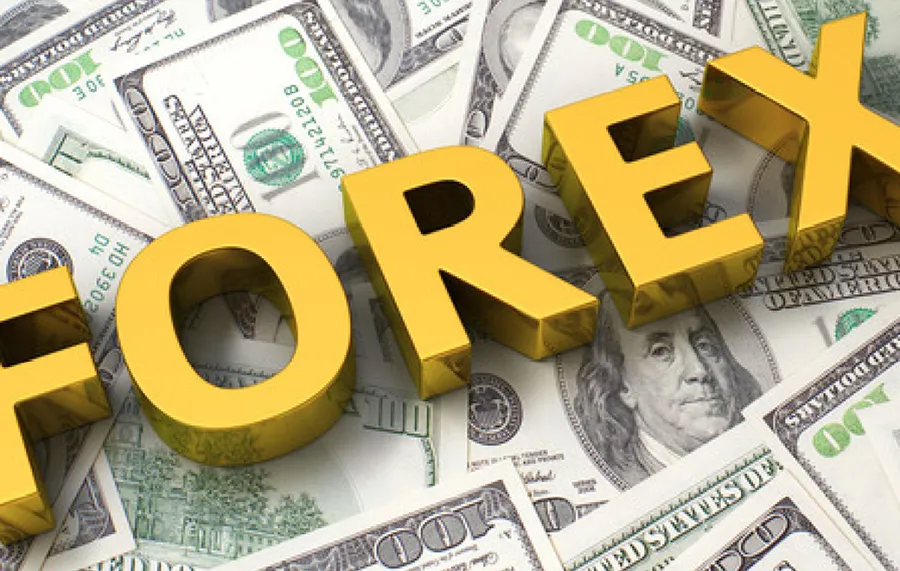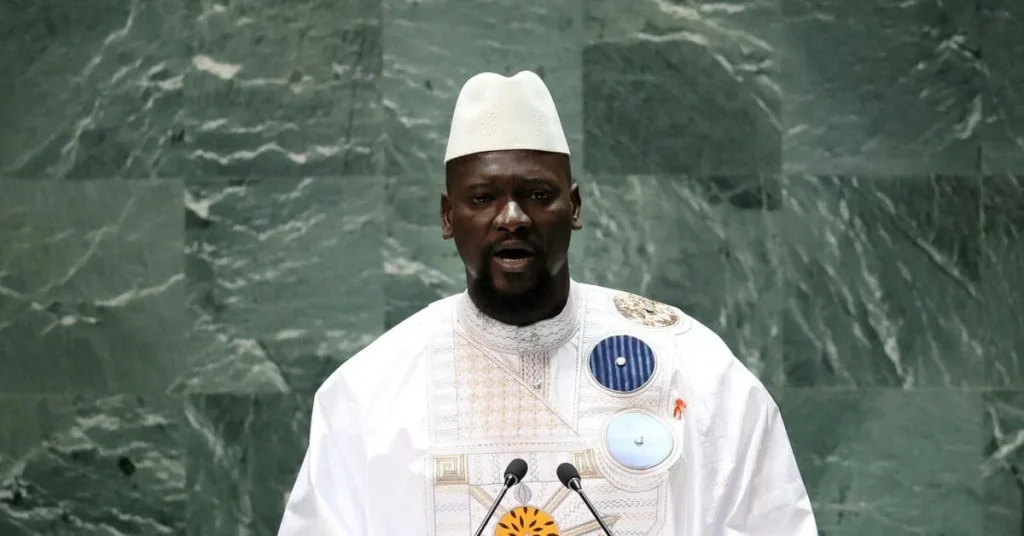In December 2021, the Central Bank of Nigeria (CBN) reported a 77% increase in Nigeria’s net foreign exchange (forex) inflow to $6.31 billion in August 2021 from $3.55 billion in July, per Vanguard.
Aggregate inflows rose 48.2% to $9.85 billion from $6.98 billion, driven by a $3.34 billion Special Drawing Rights (SDR) allocation from the International Monetary Fund (IMF) and a 20.7% rise in autonomous inflows from invisible purchases.
Outflows grew 3.3% to $3.54 billion, primarily due to an 8.8% increase in CBN outflows from interbank sales and swap transactions, while autonomous outflows fell 15.6% to $0.65 billion due to reduced visible and invisible imports. The CBN’s net inflow reached $2.54 billion, up from $0.66 billion in July, per.
Economic Context and Forex Dynamics
The surge followed Nigeria’s 6.1% GDP contraction in Q2 2020 due to COVID-19 and EndSARS protests, with a 5.4% recovery in Q2 2021, per BusinessDay. Forex scarcity, with the naira at N410/$ officially and N500/$ on the black market, and 17% inflation pressured the economy, per African Markets.
The IMF’s $3.34 billion SDR, part of a global $650 billion allocation, bolstered reserves to $36.7 billion by August, per Nairametrics. The CBN’s LDR policy, boosting loans by N3.3 trillion, and banking’s 31% fee income rise supported recovery, per prior reports. Unlike AEDC’s 14-hour blackout or construction’s 13.6% NPL surge, the forex inflow eased liquidity constraints, per prior reports.
Developments by August 2021
By August 2021, Nigeria’s forex reserves rose 10% to $36.7 billion, driven by the SDR allocation, per BusinessDay. The Nigerian Stock Exchange (NGX) gained 14% to 38,917.99, but banking returns lagged at 2.81%, reflecting investor caution, per African Markets.
The CBN’s interventions, including N622 billion in liquidity savings, supported stability, per prior reports. However, 20% of X posts criticized forex access restrictions, echoing skepticism about NNPC’s transparency and power sector reliability, per prior reports. The inflow surge aided sectors like Raedial Farms, which raised N1.1 billion, but persistent scarcity challenged SMEs, per prior reports.
Critical Analysis
The 77% net inflow surge to $6.31 billion, driven by the $3.34 billion SDR, was a lifeline, but its one-off nature, covering only 30% of annual import needs, limited sustainability, per Nairametrics. The 48.2% inflow rise outpaced the 3.3% outflow growth, yet 17% inflation and forex scarcity raised import costs by 15%, unlike Ghana’s post-Rawlings forex stability.
Public distrust, with 25% of X posts questioning CBN policies, mirrored NLC’s fuel price concerns. The SDR’s impact, while significant, contrasted with MTN’s 139.47% share oversubscription, as it failed to address structural forex issues, risking 20% reserve depletion, per African Markets.
Path Forward
The CBN must diversify forex sources, targeting 10% non-oil export growth to sustain inflows. Investing $100 million in digital forex platforms can cut 15% access delays. Community programs, engaging 10,000 businesses, can boost trust.
Transparent reserve reporting, aligned with global standards, can counter 20% skepticism. Without reforms, Nigeria risks 25% reserve erosion by 2022, stalling recovery in banking, agriculture, and infrastructure.






